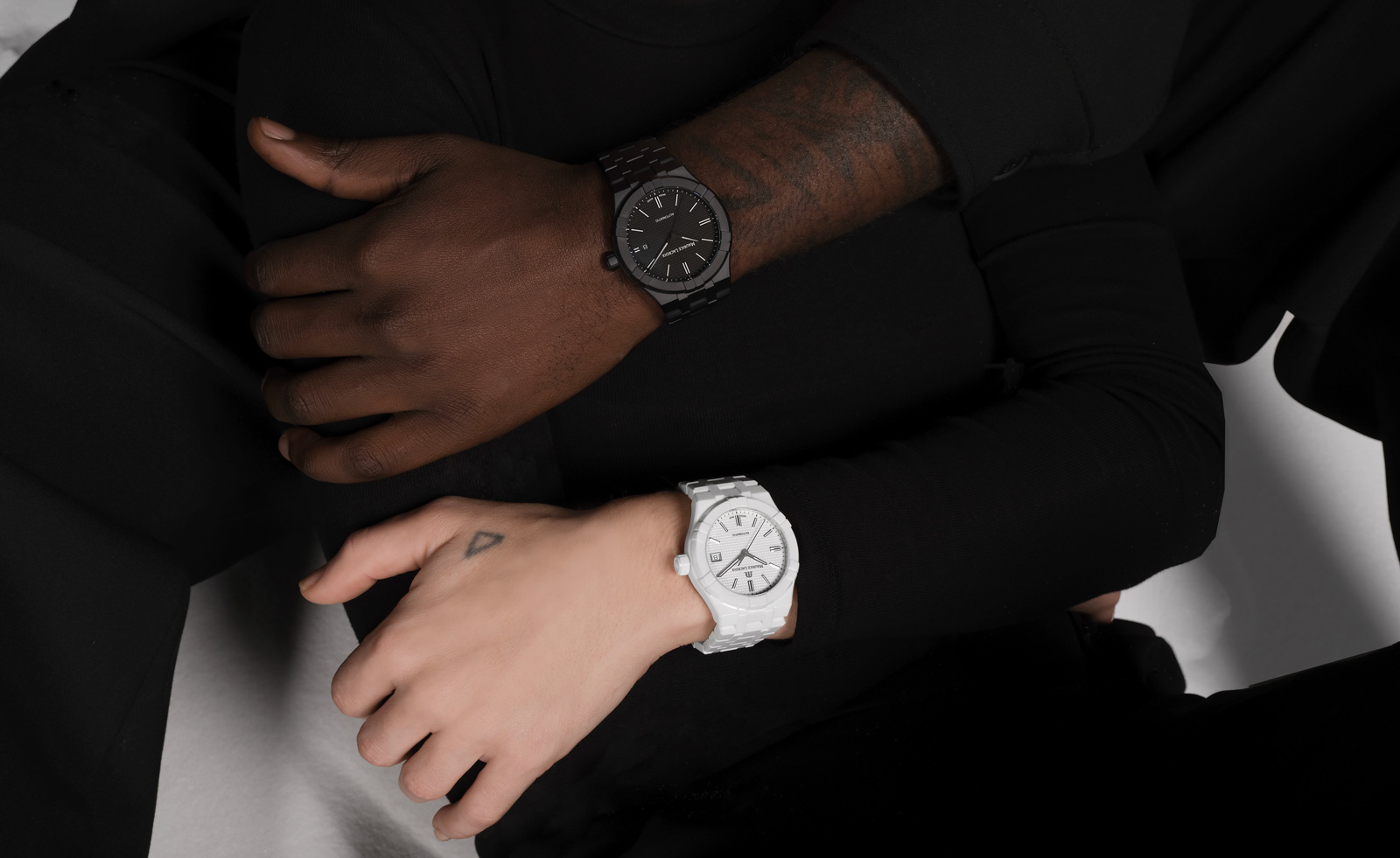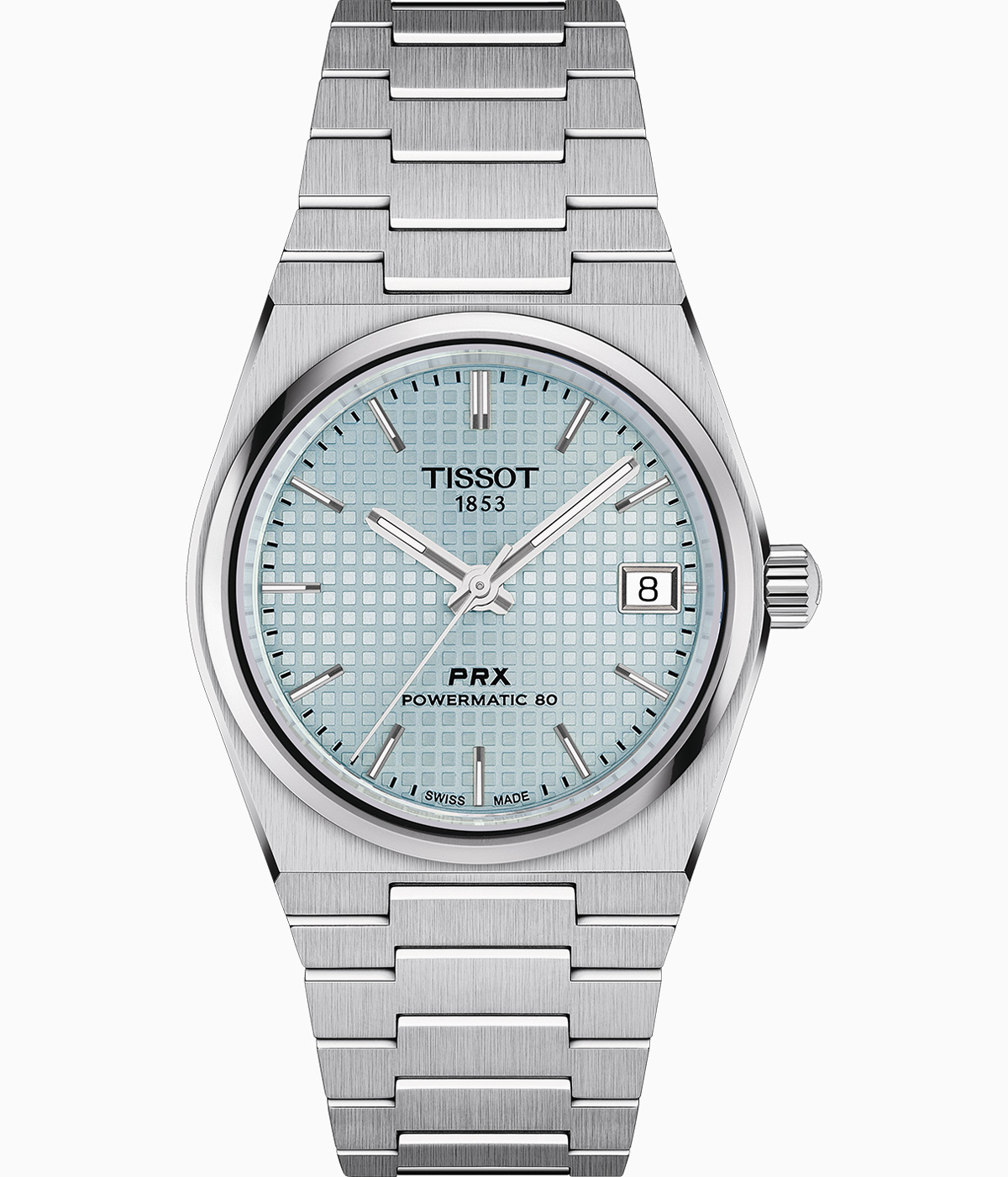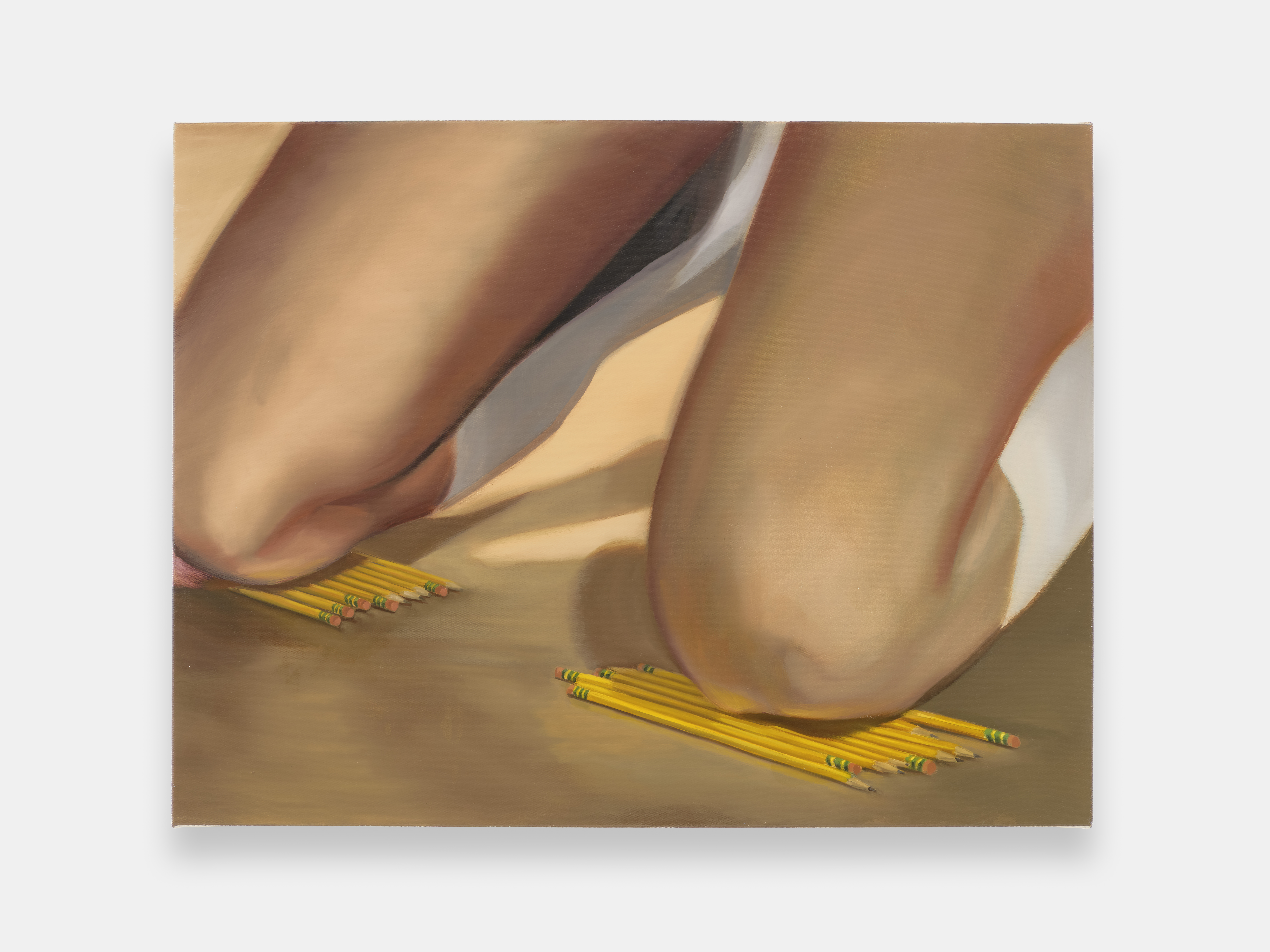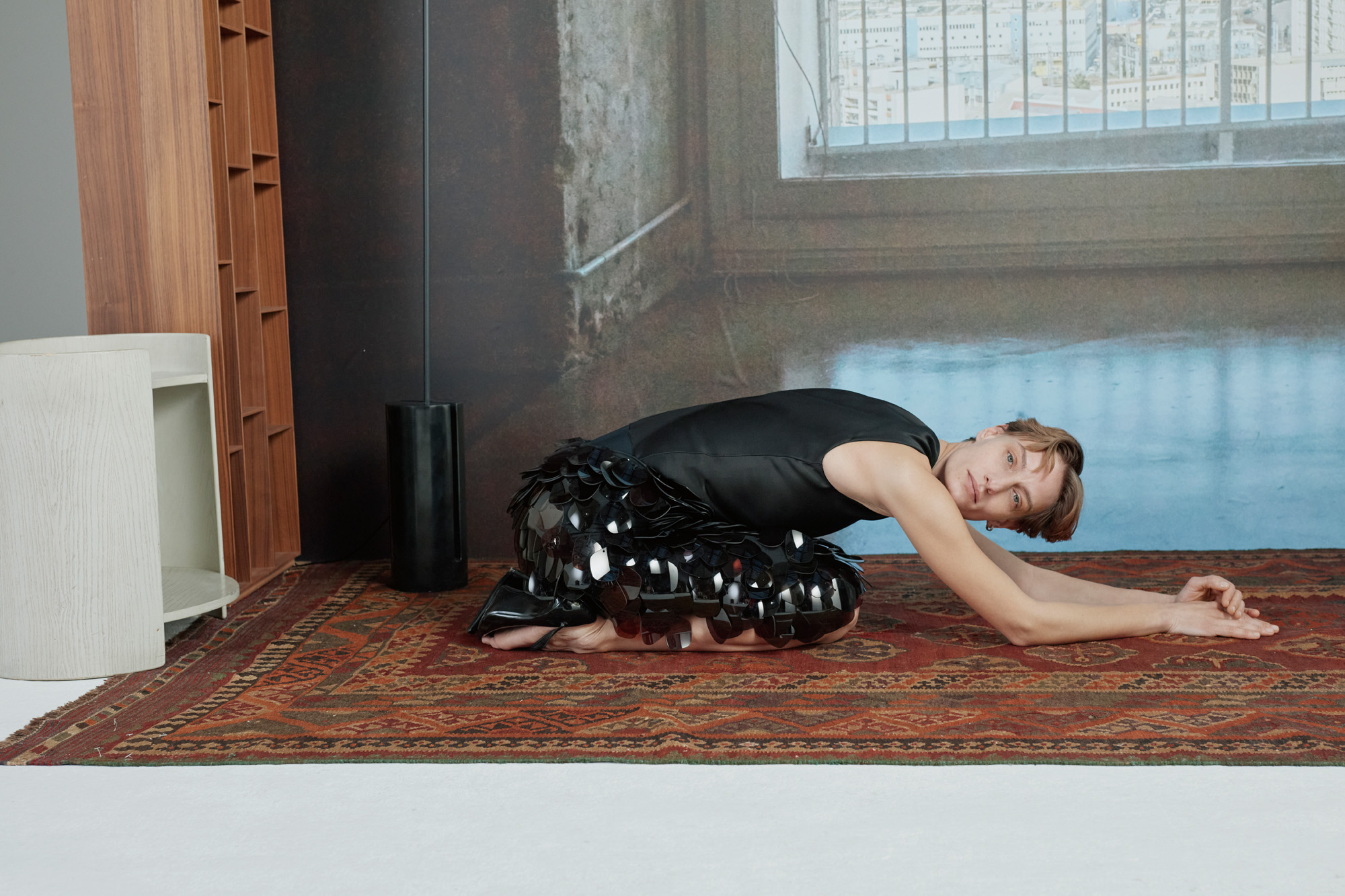
The Oscars’ red carpet may be an opportunity for celebrities to deliberately push style boundaries – if only for the publicity that follows – but the recent awards ceremony confirmed what looks to be a paradigm shift in the watch industry. While Timothee Chalamet wore a Cartier Mini Baignoire – a yellow gold bracelet studded with diamonds, rubies and sapphires – and Jeff Goldblum a Vacheron Constantin Egerie Moon, in lilac, with diamond bezel, Michelle Yeoh flashed an outsized Richard Mille RM 07-01. At the Golden Globes, meanwhile, Colman Domingo was sporting a dainty Omega Constellation Moonshine.
In other words, the characteristics that have typically distinguished watches as designated either for men or for women – size, colour, gem-setting, sportiness – continue to break down. As Sylvain Dolla, the CEO of Tissot, puts it, watch design is increasingly ‘about reflecting a modern approach where younger buyers embrace Swiss luxury without the constraints of gender roles. It’s about creating watches that break traditional boundaries and offer universal appeal. In today’s market, women are not always drawn to diamond accents, for example, and men might choose a pink dial.’

While many brands continue to market their products under the banners ‘men’s watches’ or ‘women’s watches’, particularly online and usually, it argues, because it’s a convenience to the majority of customers who still want what they perceive to be a largely ‘masculine’ or ‘feminine’ watch, others are breaking free of this tradition: Zenith’s webstore, for example, already pitches its watches by collection and sizes, while Hublot signed footballer Kylian Mbappe to front the campaign for its Big Bang Millennial Pink back in 2020. Yet this is not just a matter of marketing, but increasingly of design too. Brands are releasing more of what are loosely called ‘unisex’ watches.
This, in essence, means hitting a sweet spot in size that’s neither too small nor too large to dissuade the broad public – Zenith recently proposed that some 80 per cent of its collections will soon be around the 39mm mark. Other brands will take the more expensive route of producing key models in multiple sizes. Audemars Piguet, for instance, may still have a ‘For Her’ section on its webstore, but now makes its classic Royal Oak in sizes from 34 to 41mm.

Maurice Lacroix Aikon Quartz, CHF1,200, enquire at mauricelacroix.com
‘But scaling down a bigger watch to a small mid-size isn’t so easy [without spoiling the look]. It needs careful pre-planning,’ warns Stephane Waser, CEO of Maurice Lacroix. ‘The fact is that very few brands are very good at designing both big and small watches because they demand a different design language.’ Furthermore, while rescaling a watch might be feasible aesthetically speaking, mechanically it may be much less so.
That’s going to be a particular challenge: if smaller watches, historically aimed at women, have been feasible through the use of quartz movements, the industry is now having to embrace the idea that, increasingly – and in no small part due to social media – women are interested in mechanical (and larger, often sportier) watches too. As Nomos Glashutte – a forerunner in the design of unisex styles – put it last year, on the launch of its Club Sport Neomatik 34: ‘Finally, an automatic watch for smaller wrists – a robust timepiece with feminine appeal.’
Indeed, it’s not just about scale. The broader concern is that there remains a diversity of styles available for anyone to choose as they see fit. The likelihood is that most men – outside of Hollywood, at least – will continue to lean towards the stereotypically ‘masculine’, and women towards the ‘feminine’ until what’s considered avant-garde now maybe goes mainstream.
Receive our daily digest of inspiration, escapism and design stories from around the world direct to your inbox.
Josh Sims is a journalist contributing to the likes of The Times, Esquire and the BBC. He's the author of many books on style, including Retro Watches (Thames & Hudson).
-
 ‘I want to bring anxiety to the surface': Shannon Cartier Lucy on her unsettling works
‘I want to bring anxiety to the surface': Shannon Cartier Lucy on her unsettling worksIn an exhibition at Soft Opening, London, Shannon Cartier Lucy revisits childhood memories
-
 What one writer learnt in 2025 through exploring the ‘intimate, familiar’ wardrobes of ten friends
What one writer learnt in 2025 through exploring the ‘intimate, familiar’ wardrobes of ten friendsInspired by artist Sophie Calle, Colleen Kelsey’s ‘Wearing It Out’ sees the writer ask ten friends to tell the stories behind their most precious garments – from a wedding dress ordered on a whim to a pair of Prada Mary Janes
-
 Year in review: 2025’s top ten cars chosen by transport editor Jonathan Bell
Year in review: 2025’s top ten cars chosen by transport editor Jonathan BellWhat were our chosen conveyances in 2025? These ten cars impressed, either through their look and feel, style, sophistication or all-round practicality